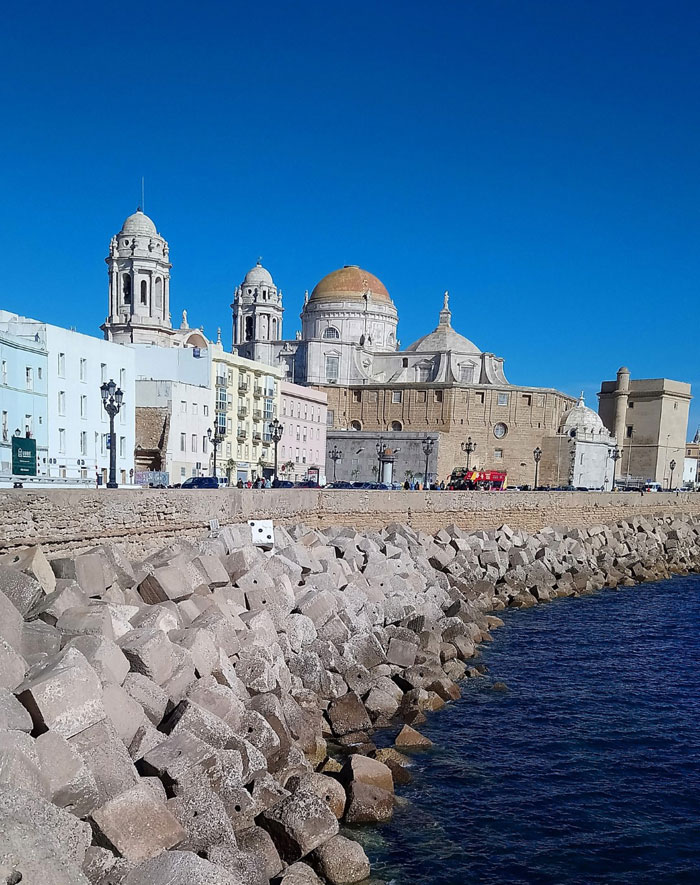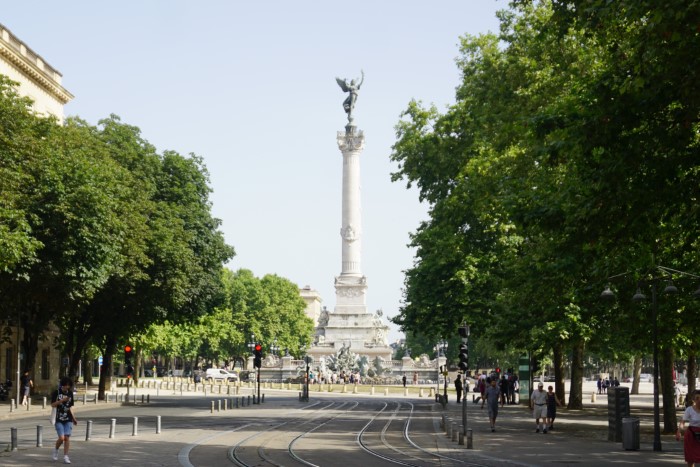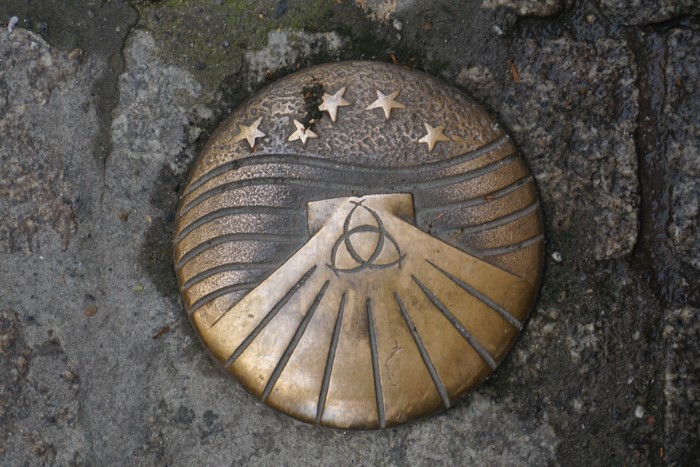For various reasons the week we’d been invited to spend with our friends Jamie and Vivien in Portugal last September didn’t happen, so we were especially keen to get a little winter sunshine this February. We explored various options, including cruising and/or heading to somewhere warm outside Europe, but eventually settled on a week in what is said to be the hottest city in Europe – Seville. In point of fact we’ve already booked to take the van to Spain for the month of May, but reasoned that we’re unlikely to get as far south as Andalucia on that trip, so fitting in a few days in Seville now would enable us see a bit of Spain that we wouldn’t otherwise get to visit whilst soaking up some much needed sunshine and allowing Denise to practise her Spanish.
We booked a week in the Hotel Zaida (she was a Moorish Princess) which sits in the heart of the old part of the city and is within easy walking distance of just about everything that we wanted to see. Not the most luxurious or well-appointed accommodation in Seville, but clean, quiet, convenient and inexpensive.
 Having a full seven days to explore a place that a few years ago might have taken us three or four meant that we could take our time and get to see the city without getting completely knackered. With more than a thousand years of Christian and Moorish history behind it Seville has plenty to offer by way of interesting architecture, plus it’s fairly pedestrian friendly – provided you keep an eye out for the cars, scooters, buses and vans that thunder through the narrow streets! We decided that we’d definitely done the right thing by visiting in February when the temperatures are pleasant and the number of visitors is relatively low – certainly we wouldn’t want to be there during the hot, crowded (and presumaly smelly) summer months.
Having a full seven days to explore a place that a few years ago might have taken us three or four meant that we could take our time and get to see the city without getting completely knackered. With more than a thousand years of Christian and Moorish history behind it Seville has plenty to offer by way of interesting architecture, plus it’s fairly pedestrian friendly – provided you keep an eye out for the cars, scooters, buses and vans that thunder through the narrow streets! We decided that we’d definitely done the right thing by visiting in February when the temperatures are pleasant and the number of visitors is relatively low – certainly we wouldn’t want to be there during the hot, crowded (and presumaly smelly) summer months.
 Worthwhile visits around the city included the Cathedral (the world’s largest gothic cathedral) and Alcazar (at over a thousand years old its the oldest royal palace still in use in Europe) but in fact there are plenty of other highlights, and just wandering though the orange tree-lined streets in the spring sunshine was a treat in itself. We especially enjoyed the beautiful Maria Louisa Park with its unique buildings built for the 1929 Ibero-American Exhibition which was hosted by Seville.
Worthwhile visits around the city included the Cathedral (the world’s largest gothic cathedral) and Alcazar (at over a thousand years old its the oldest royal palace still in use in Europe) but in fact there are plenty of other highlights, and just wandering though the orange tree-lined streets in the spring sunshine was a treat in itself. We especially enjoyed the beautiful Maria Louisa Park with its unique buildings built for the 1929 Ibero-American Exhibition which was hosted by Seville.



A day trip to Cadiz, which is about a 90 minute train journey away on Spain’s southern tip, was a pleasant excursion. The city juts out into the Atlantic and was a little cooler than Seville, though still warm for the time of year, and the clear blue skies and ‘starched’ white buildings gave the place a special charm.

All in all our brief trip in search of some winter sun was a success. We enjoyed the warmth, we liked the place – and Denise even got to use some of her Spanish. Muy bien!











































